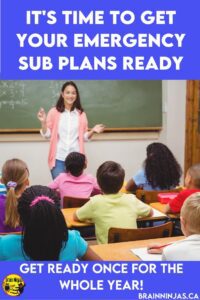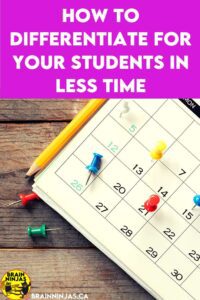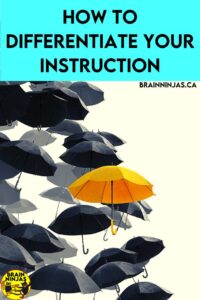
Have you been asked to do Guided Reading or teach reading in your classroom, but have absolutely no experience and don’t even know where to start? We’ve been there. Let us share our combined years of experience that took us from beginning teachers to literacy specialists.
This is the beginning of a series that will get you set up to do Guided Reading in your classroom, but honestly, it is a long game. Take the pressure off yourself now because you’ll have to give yourself time to get this whole how to teach reading thing down. We’ve been teaching reading for over fifteen years and there is always room to improve. There are always new things to learn.
[Read more…] about Help! I Don’t Know How to Teach Reading









